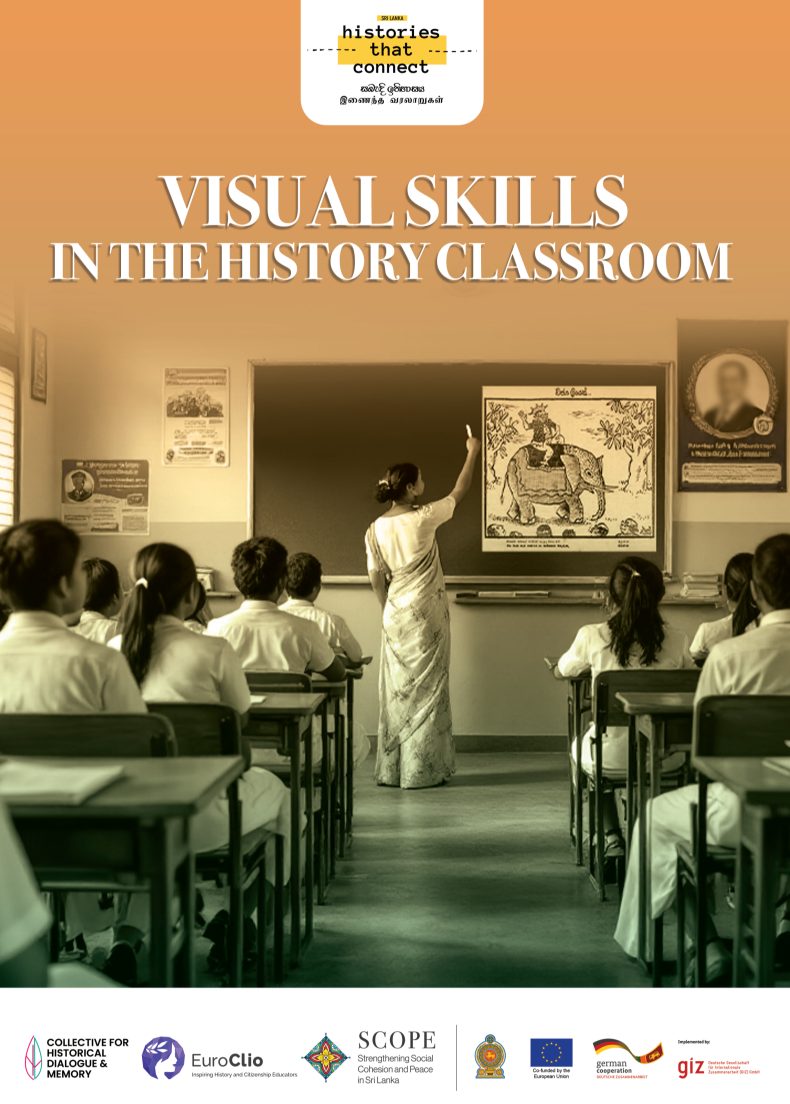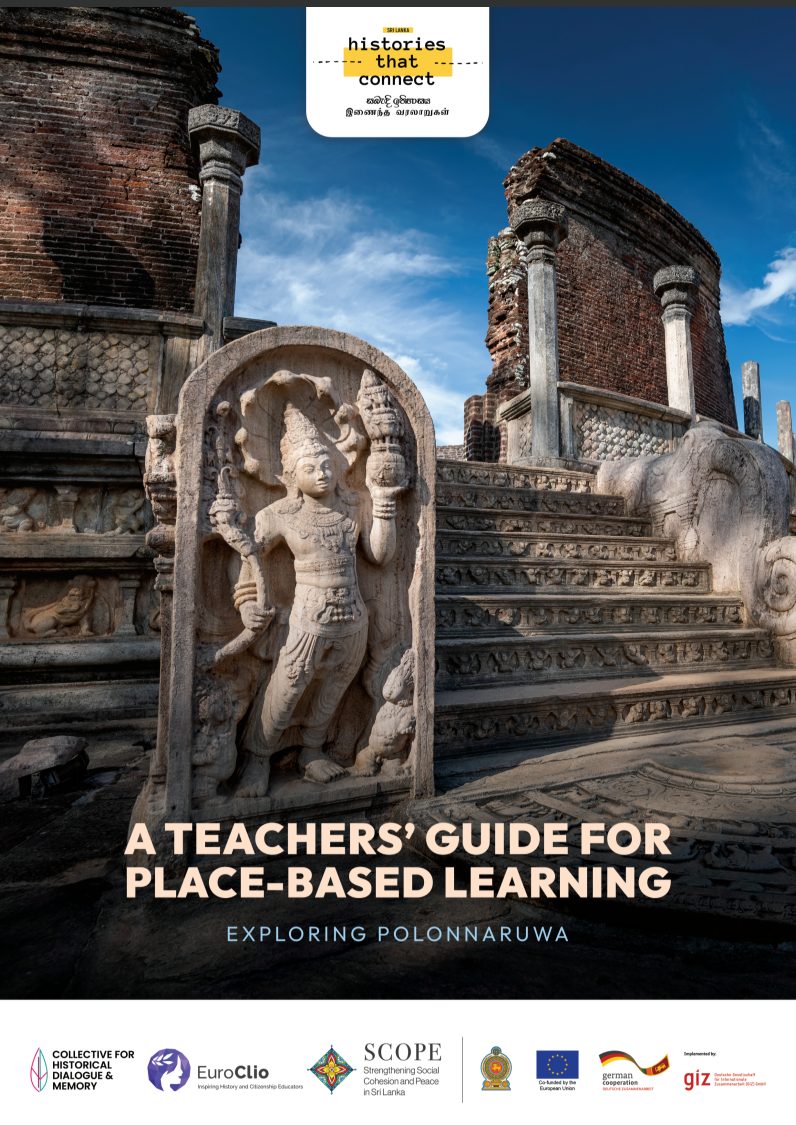The use of tracks to build timelines and understand cause-effect relations between events
Jacek Staniszewski has developed a strategy to stimulate students’ understanding of events on a timeline, particularly those students on the autistic spectrum. By using a toy train moving along a track, Staniszewski found a way to make the connections between different events on an historical timeline more tangible and understandable for students. The strategy can be replicated by other history educators dealing with similar challenges in helping students concretise the connection between historical events.
The Practice
This practice is suitable for the duration of 1 lesson and can be applied and adjusted to several different timelines, cause-effect chains, and chronologies, depending on the audience.
This practice aims to address the barrier of students on the autistic spectrum to better understand a series of events. Often students on the autistic spectrum encounter little trouble remembering singular events, however they have difficulties remembering how certain events are linked. Jacek uses this practice on secondary school students. Whenever he notices that his students have difficulties in following the chain of events, he asks “who likes trains”. In this way, the classroom is divided between people who want to follow the “train lecture” and students who prefer to deal with timelines in a more classical manner. Such students are divided in small groups and asked to draw the timeline, with short descriptions of the events and explanation of the linkages between them. In the meanwhile, Jacek applies the practice to all the students who “like trains”.
Students who like trains receive pieces of a train track. On each piece, Jacek writes (applies a piece of paper, so that tracks can be re-used in future lectures) an event. For example, to teach about the Industrial Revolution, Jacek might write “the steam engine is invented” on one track, “trains become faster” on another, and so on. Then, students have to physically build the track. They connect the various pieces, saying out loud the reason underlying the connection (“trains become faster after the steam engine is invented, because use it to move”). To stimulate historical critical thinking, sometimes Jacek gives students also tracks not linked to the topic of the timeline (in this case, an example might be a track saying “Napoleon becomes emperor”).
Once the track is ready, Jacek uses it to “tell a story”: he takes the train and moves it along the tracks, explaining the events and connections while moving it. In this part, students who like and who do not like trains come back together as a group, and students who did not like the train follow the explanation and check their own timelines.
Obstacles and lessons learned
Jacek learned that it is helpful to acquire assistance from the language specialists in case of students with speech difficulties or additional assistance for students of mixed backgrounds and needs. Jacek also noted it is important to read the room as the mood of your students matters. This is why before taking the train he asks “who likes trains”: in this manner he can understand whether it is a good day or a bad day to apply the practice. Furthermore, the practice is applied in secondary schools, and some of the students find lectures with trail tracks too childish. Asking the question allows him to create a “safe environment” for all the students who still wish to have trail tracks lectures, being them in the autistic spectrum or not, without resulting labeling towards them. He applied the practice to a variety of topics, and learned that it works well with timelines, chronologies, cause-effect linkages, and even parallel events, for which he simply asks the students to develop two parallel trails. The practice can be even used to explain decisions: when the decision is made, the track turns either left or right. This “if” construction, however, results complex for some students to understand, and therefore is rarely used.
The effect of the practice
Jacek found that students responded much more enthusiastically to the use of the train that to a more traditional depiction of a timeline. Students were more engaged in the lessons, and he found they could remember the depicted events a lot more easily. On top of this, and perhaps most importantly, students seemed to enjoy the process of learning about historical events in a timeline more than with the traditional timeline. Jacek thinks this comes as a result of the process being much more active and engaging than the process of remembering the events of a two-dimensional linear timeline.
About the interviewee
Jacek Staniszewski is a teacher at an inclusive school in Warsaw which is part of the chain of schools within the “Academy for Good Education” (Akademia Dobrej Edukacji) – a structure of schools in Poland that work together in order to develop strategies for delivering the best possible quality of education.
Background to the project
Jacek had found that the autistic students in his class, while having no problem remembering different dates, had issues remembering the particular events associated with those dates, and further making connections to other dates and events. He thus worked with support of his colleagues to develop a strategy to tackle this problem.
Additional information
Jacek used a toy train to demonstrate timelines in a three dimensional and tangible manner. The main aspect, however, is that students could build the timeline (the trail) themselves, allowing them to more concretely relate the different events of the timeline to each other. Thus, teachers could use any tangible object(s) that moves on a track that is built in a similar way.
Written by Alice Modena and Aysel Gojayeva (EuroClio) based on an online interview with Jacek Staniszewski (Akademia Dobrej Edukacji) on 16 December 2016.





